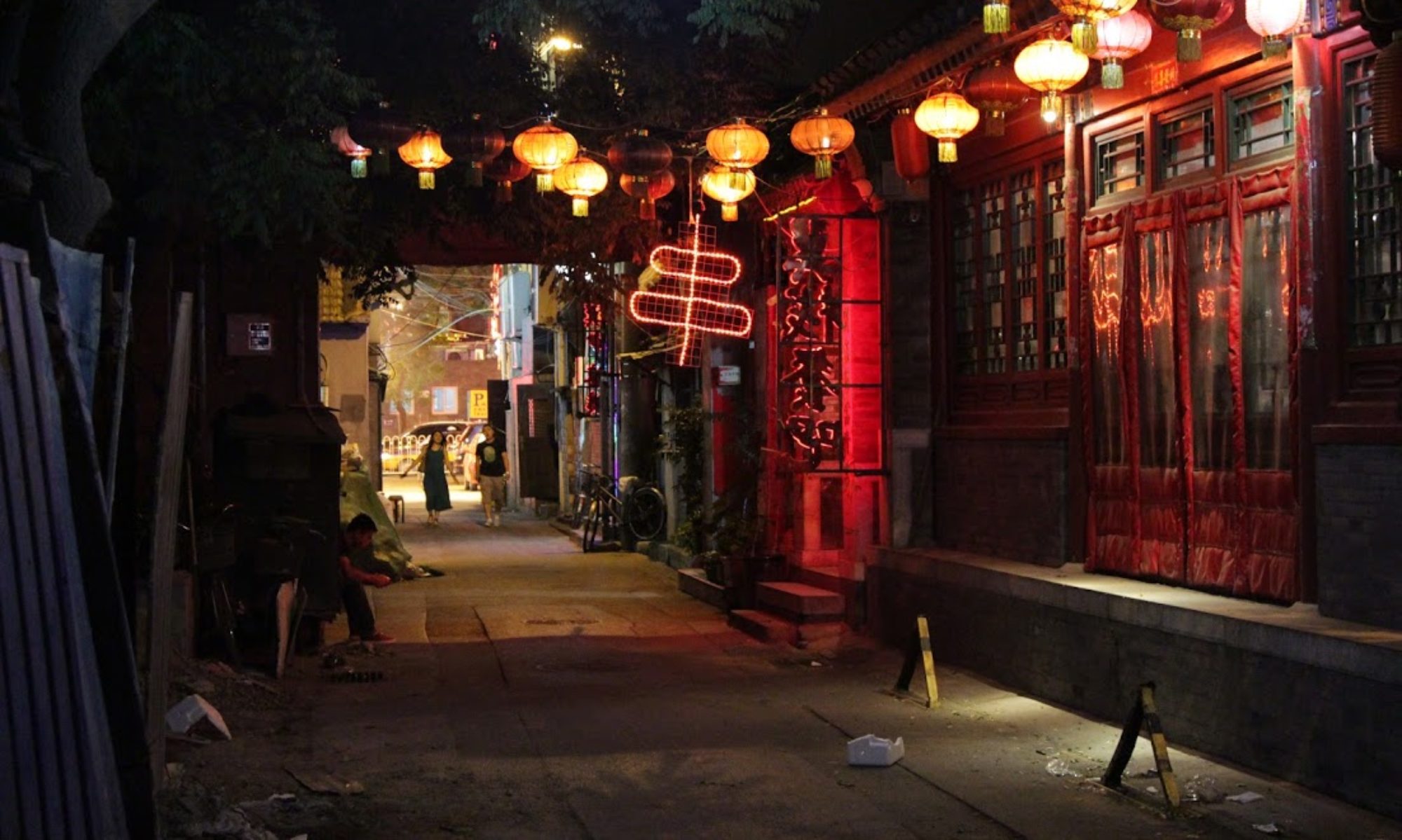For thousands of people, Fo Guang Shan is and will always be a holy place of worship. It also is also a tourist destination with a sense of commerciality and comfortableness. Five years ago I took part in a Korean temple-stay, which was bare-bones. At Fo Guang Shan I stayed on extremely comfortable, thick mattresses instead of a wooden floor. We woke up after sunrise instead of 4 am and we omitted the 108 bows activity. At this Buddhist temple opulence stood out to me, particularly strong presence of air conditioning with doors left open, spilling it outside.
One experience that defied my expectations was the traditional dinner at Fo Guang Shan. Upon arrival, a Buddhist nun took about 30 minutes to explain the procedure to us in order to avoid any mishaps. But nothing could really prepare me for the actual experience at 5:45 later that evening.
My friends and I walked towards the dining hall mid-laughter when a silence sign greeted us. We stifled our laughs and walked in. A practically endless room of dining tables greeted us. The two halves of the room faced each other, an alter in the middle. There was already over two hundred people seated on the far side of the room, with space for much more.

While, “You could hear a pin drop,” is often used, I genuinely mean it here. The level of silence that 400+ people managed in this room was astounding. I heard every footstep entering the room, every chair scuffing the floor. The first few minutes were awkward, consisting largely of me checking out the room. Certain rows sat only monks, some in light brown robes, others in dark black. Volunteers wearing green aprons rushed around holding stainless steel buckets full of soup and rice. They filled each bowl in less than a second and move onto the next.
One rectangular plate and two bowls were in front of each seat. The plate in front held three items. 紅燒豆腐 (soy sauce braised tofu) sits in the middle, surrounded by 丝瓜 (towel gourd), and 青菜 (green vegetables). To avoid waste, if I didn’t want any of the food, I would have pushed the plate towards the edge of the table and gestured towards it. One soup bowl contains 白飯 (white rice), while the other holds a sort of 蘑菇湯 (mushroom soup). As I sat there I saw the steam becoming increasingly thin as the food become room temperature. I entered a state of relaxing, savoring the smells and watching the room around me become a sort of blur.
Suddenly a procession of monks walked in. As they approached the alter they chanted rhythmically, thanking donors for the kindness. Just like that, dinner began.
The silence turned into a symphony of clinking. Chopsticks were the instrument. You could hear every note of them hitting plates and bowls, lifting food to mouth. The only thing that interrupted the concert was my teeth crunching down on vegetables, which I never quite realized made so much noise. The act of eating transcended all other actions. I could taste the ginger in the tofu; feel every seed in the towel gourd. I asked for more squash by moving my plate towards the edge of the table; a volunteer gave me an affirming nod as he piles on another scoop from a bucket.
I begin thinking about the monk’s life. I pondering their happiness, thinking first about traditional eastern views of happiness and then just thinking about happiness in general. I ponder the classic ignorance is bliss question. I don’t know the answer.
Minutes go by, I don’t know when specifically it happened but I stopped thinking about the silence. Eventually I emerged from my trance, noticing that I was among the last in the room as it was being cleaned up. I arose and slowly walked outside to meet my classmates. At this point talking felt rude, intrusive. It didn’t feel natural.


Wow! 😉